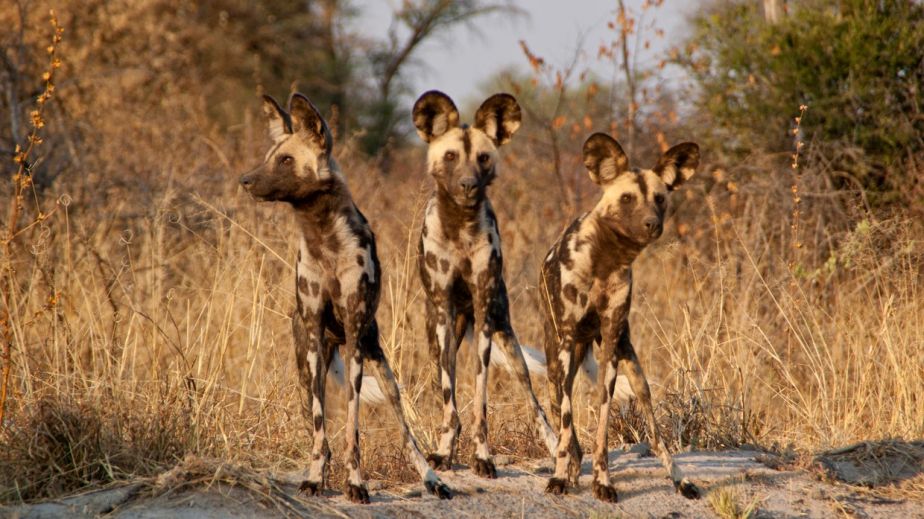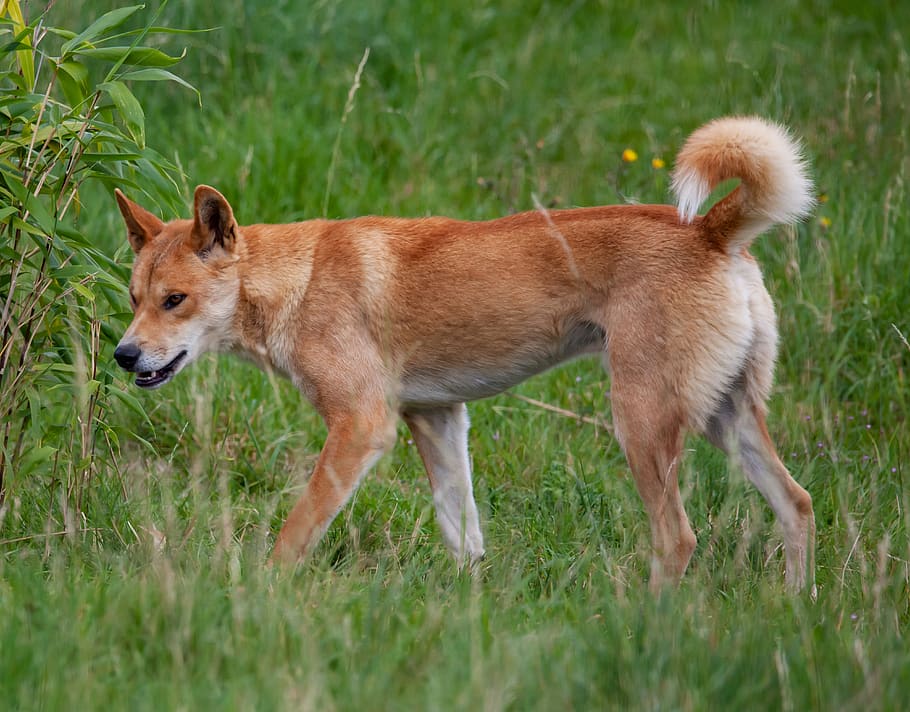


This information has been prepared with care but it is provided “as is”, without warranty of any kind, to the extent permitted by law. NWDAP has taken care to validate the accuracy of the information at the date of publication. the front foot of quolls shows all five toes (wild dogs, foxes and cats only show four).įor more information to help identify tracks and other signs of wild dogs and other animals see the book Tracks, Scats and Other Traces: A Field Guide to Australian Mammals (2004), by Barbara Triggs.the back foot usually partly overlaps the front foot for dogs, mostly overlaps for foxes, and almost completely overlaps for cats.dog toe nails usually point out straight, fox nails point inwards, and cats have no toe nail marks.dog prints are usually larger and rounder, foxes’ prints are smaller and more elongated, and cats’ prints are small and very round.In good track-reading conditions in sand, silt, or mud: Figure 1: Relative size and shape of wild dog, fox, quoll and cat prints Figure 2: Usual foot print placement for wild dogs, foxes and cats When wild dogs, foxes and cats walk, their front foot hits the ground first and their back foot print usually lands nearby (see Figure 2). The front foot length of adult wild dogs (excluding nails) is usually greater than 6 cm. By autumn and winter, all wild dog prints are usually much larger than foxes’ prints (Figure 1). For example, in late spring and early summer, some wild dog footprints (of pups) can be as small as those of foxes and it can be hard to tell them apart. The average size of wild dog footprints also changes throughout the year as pups become active and begin wandering around. Wind, rain, organic matter in the soil and other factors can make it difficult to accurately identify some tracks or determine how fresh they are. The presence of wild dogs is often discovered by seeing their tracks in the soil, but sometimes the tracks of other species look similar to those of wild dogs (see Figure 1). Sheep that won’t work into the wind or visit good feed down one end of the paddockīirds of prey in consistenly rough, barren areas where you would not otherwise expect to find much foodĭistinguishing between wild dog, fox, cat and quoll tracks: Sheep coming into water at a gallop and leaving in the same way (lead animal taking last animal back out before it has drunk)Ĭhanges in livestock or goat behaviour (eg stock no longer camping on the dam or grazing where they always have in the past) Kangaroos caught in fences when there has been no one present to disturb the mobs The absence of young kangaroos and feral goats Unusually high percentages of cows not producing milk Unexplained livestock losses or low marking/branding/mustering percentages Livestock kills and damage, including bite marks or torn ears Wild dog scats/faeces and scratch marks found in similar places (scats should contain hair, bones, scales, feathers, or insects) Points, road junctions, along animal pads, under holes in fences, newly graded tracks) Wild dog footprints found in places where working dogs have not been used (eg around water “This project has contributed to strong local jobs creation and Aboriginal involvement, including the use of regional contractors to erect 283km of wild dog-proof vermin fencing and sourcing of materials through a local supplier.” Get the latest news from in your inbox.Select the indicators that apply to you. Ms MacTiernan said sheep farming and wild dogs were “simply incompatible”, and the completion of the fence would offer pastoralists the confidence to invest in livestock production. The cell fence controls the threat of wild dogs attacking livestock, as part of the Wild Dog Action Plan.

Wild dogs australia trial#
The State Government invested $1.144 million in the vermin cell fence after the trial demonstrated effective combat of wild dogs. It spans across 6.5 million hectares of pastoral land, extending through Yalgoo, Mount Magnet, Sandstone, Cue and Meekatharra, and builds off the State Barrier Fence. On Tuesday, October 4, Agriculture and Food Minister Alannah MacTiernan visited Mount Magnet for the official opening of the Murchison regional vermin cell fence. A wild dog control fence has been completed in the Murchison, protecting 53 pastoral properties to encourage pastoralists to rebuild the region’s sheep industry and boost livestock production.


 0 kommentar(er)
0 kommentar(er)
